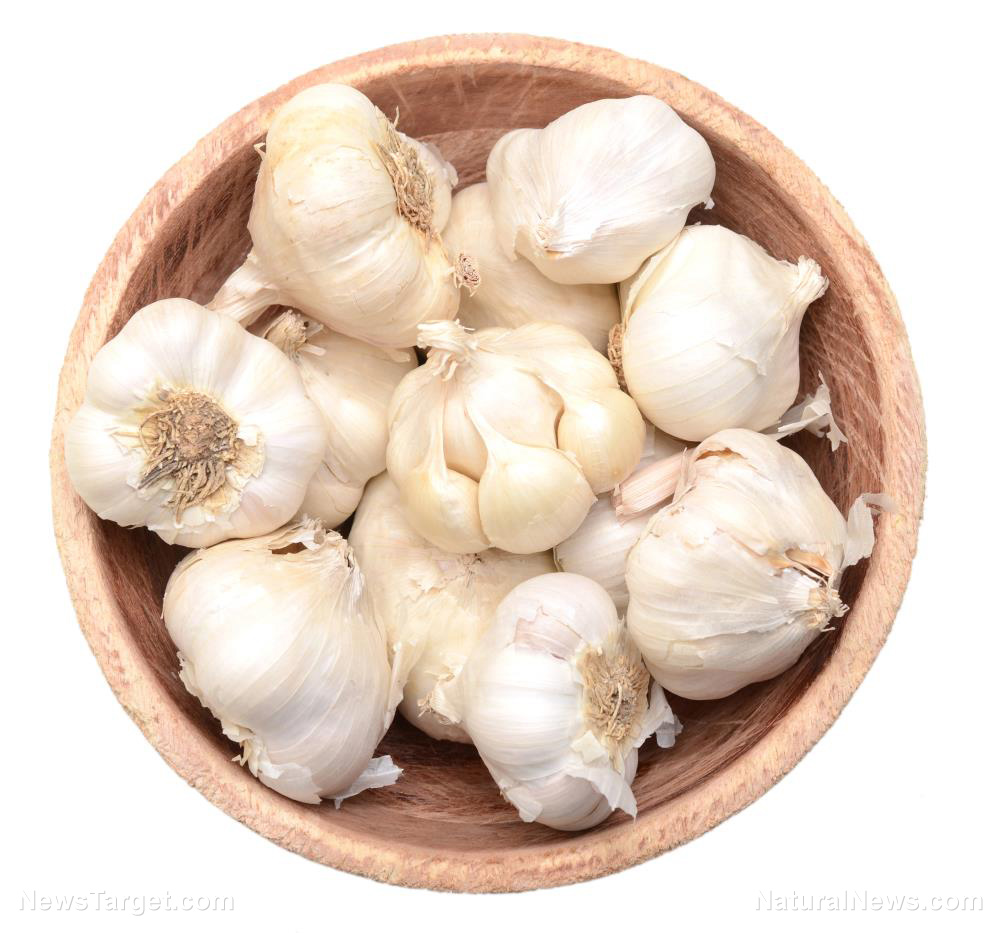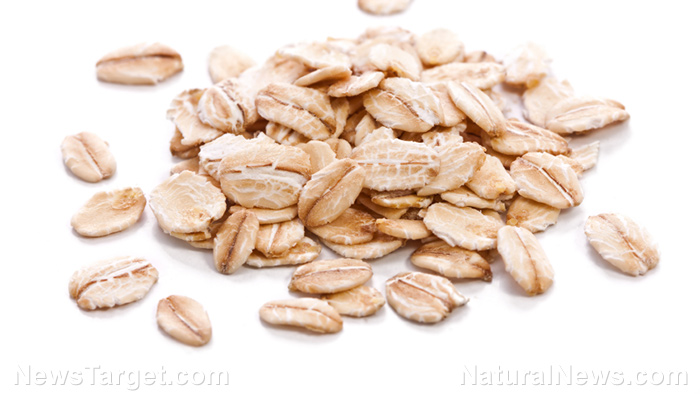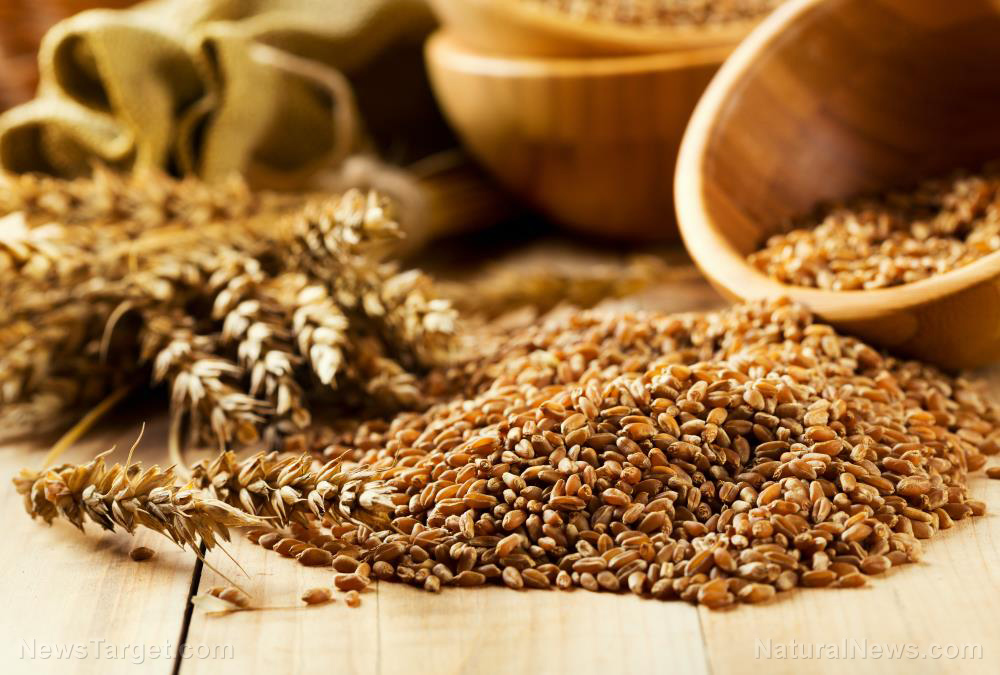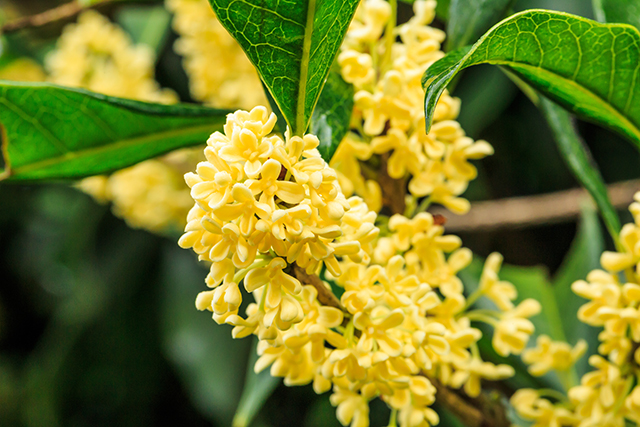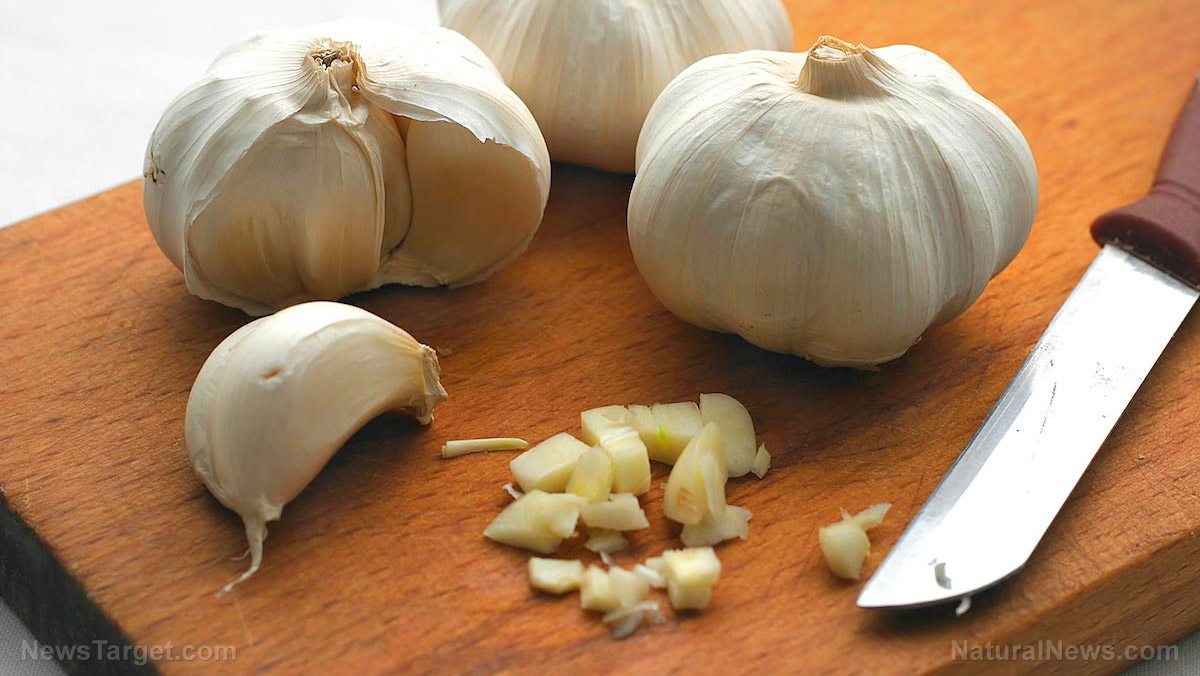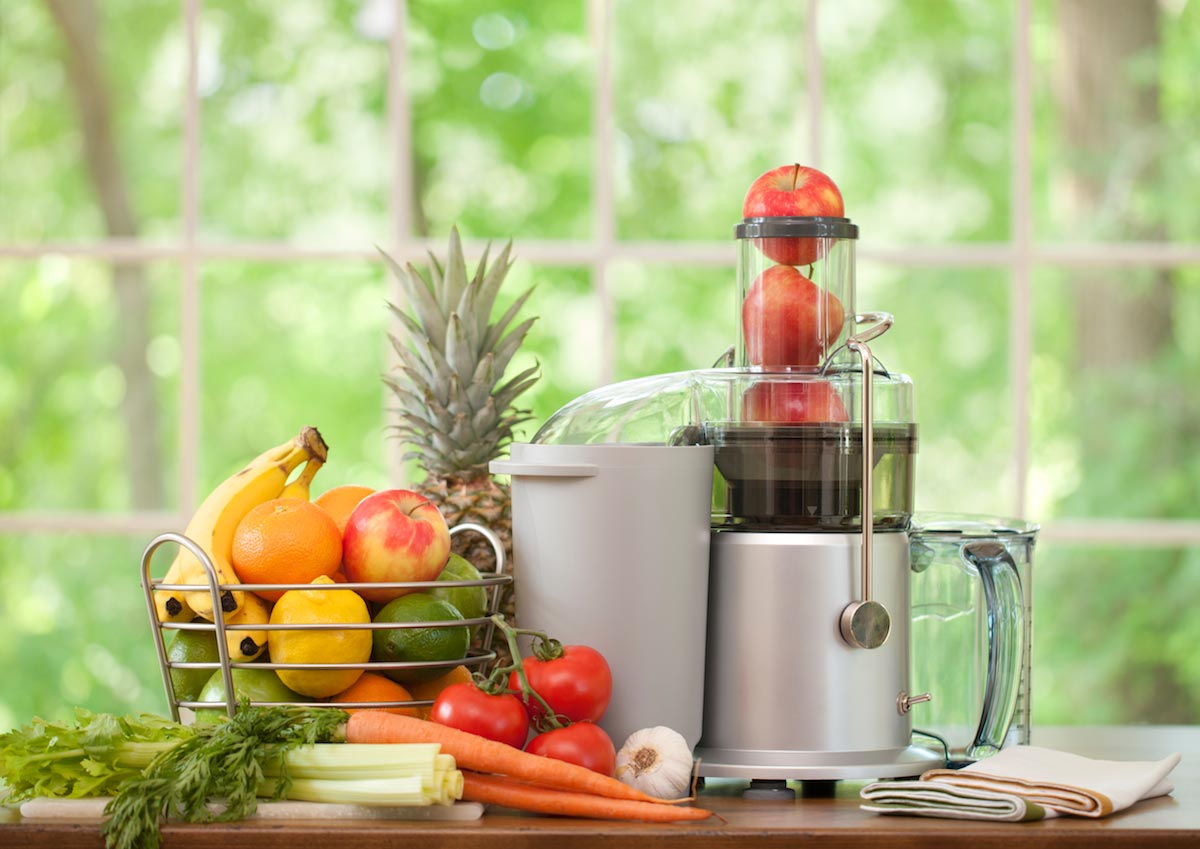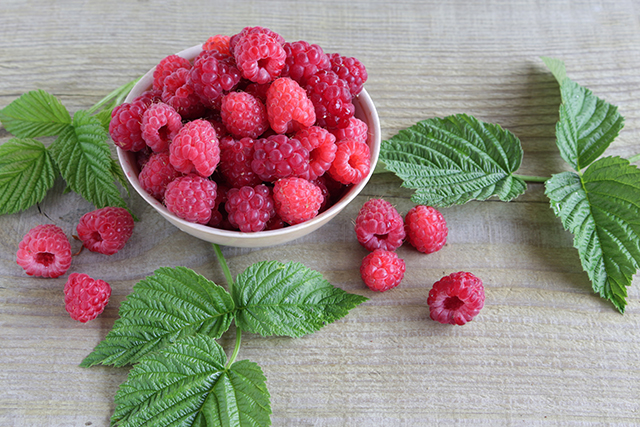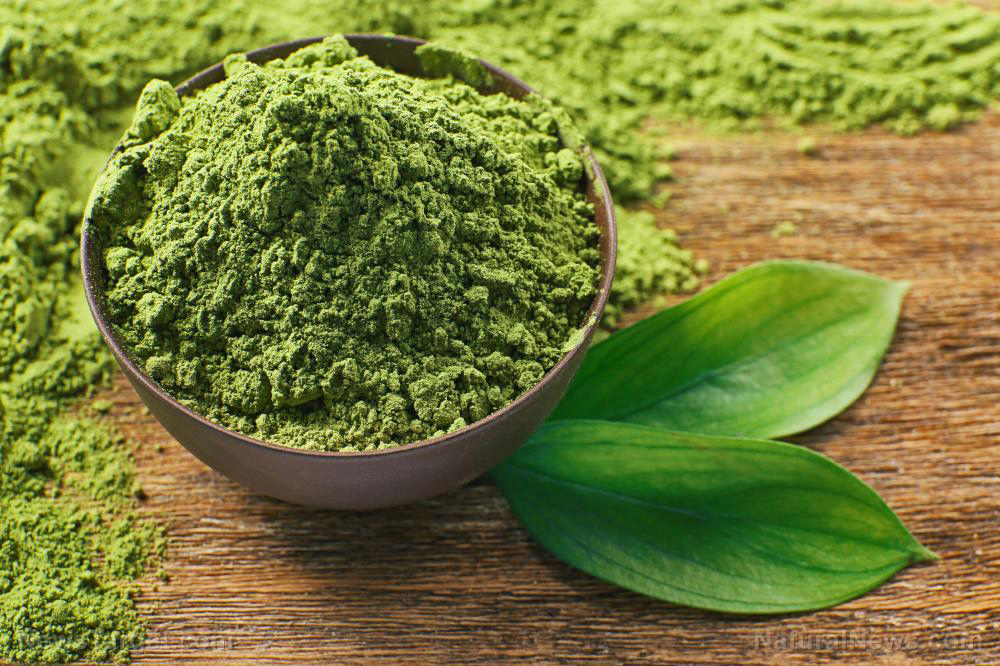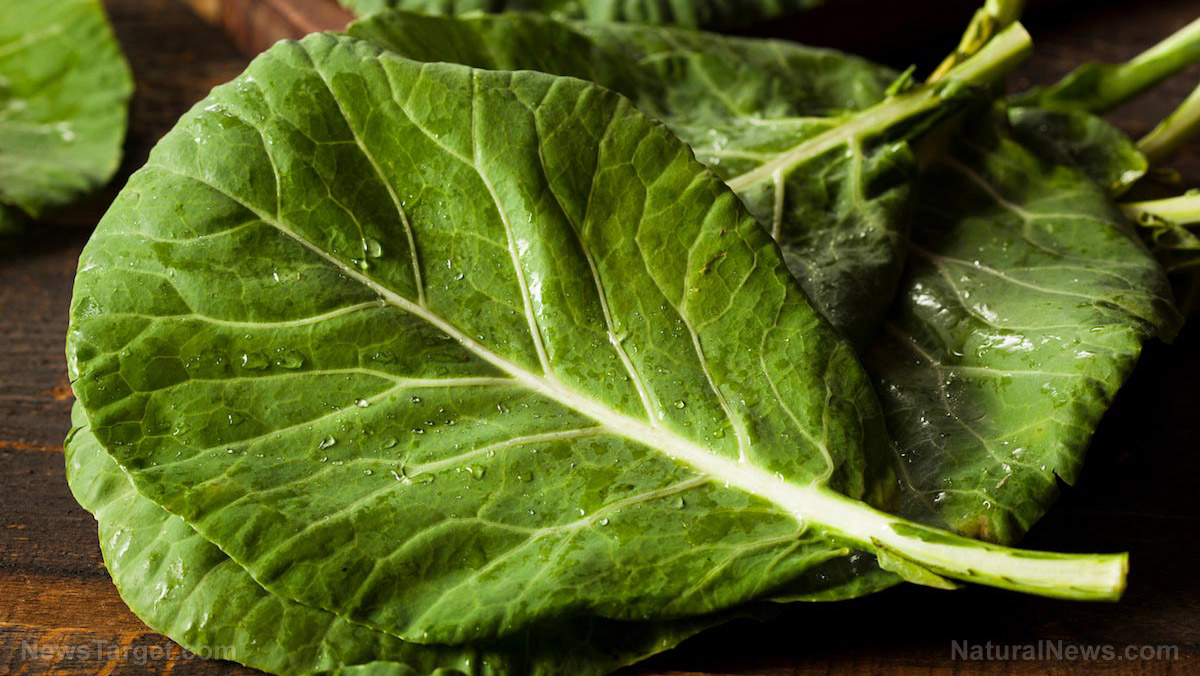Survival medicine: How to grow turmeric, the ultimate anti-inflammatory superfood
03/24/2019 / By Vicki Batts
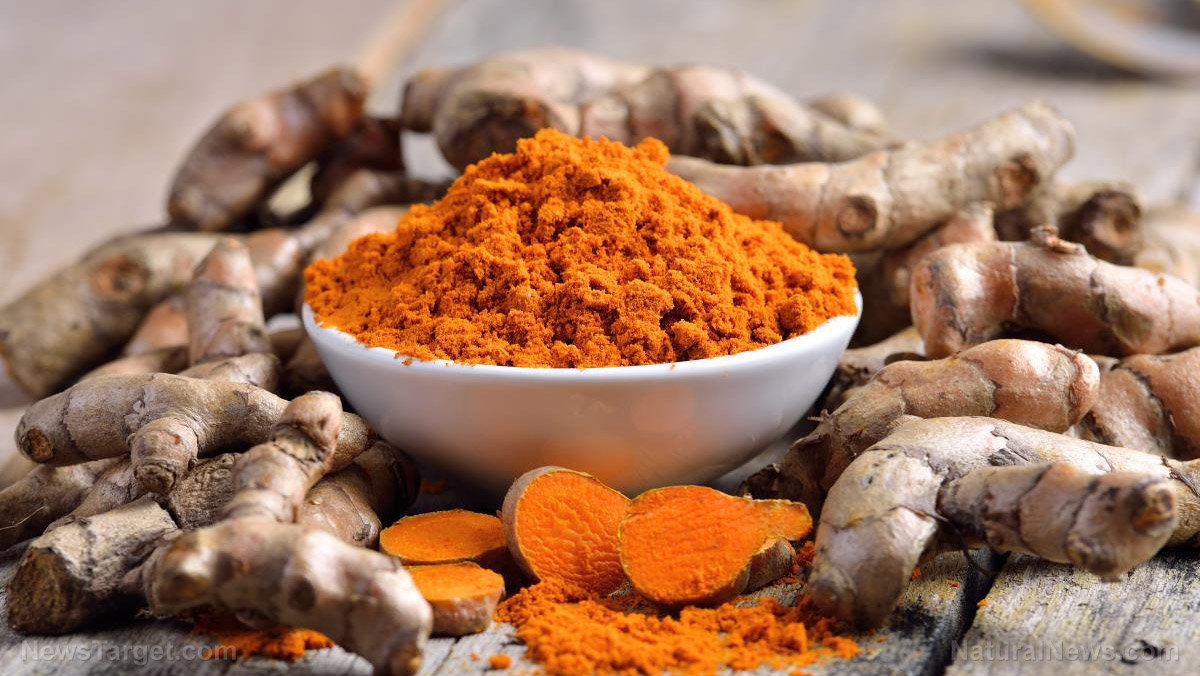
Turmeric is a prized spice around the world, and is best known for its vibrant color. But it has a lot more to offer than color and flavor; turmeric is also an extremely potent superfood with a myriad of health-boosting benefits and medicinal uses. With so much to offer, turmeric is definitely something to consider for your prepper arsenal.
It’s commonly assumed that turmeric’s parent plant, Curcuma longa, isn’t a good choice for preppers because it can be hard to grow outside of its native climate in India. But, some experts are now saying that with the right conditions, Curcuma longa can indeed be grown in alternate climates. For preppers interested in growing their own medicinal herbs, this is great news.
Growing your own turmeric
As Beans, Bullets, Bandages and You reports, producing your own supply of turmeric isn’t as hard as you might think. Turmeric is made from the roots and rhizomes of the Curcuma longa plant, which are then dried and ground into the golden powder we all know and love.
People often that Curcuma longa is hard to cultivate outside its native climate, leading many preppers to write off turmeric entirely. After all, if you can’t grow it yourself, its usefulness in a survival situation becomes quite limited. But, as sources explain, growing your own turmeric might be easier than you think.
Beans, Bullets, Bandages and You reports that a number of suggestions from Plant Delights can make it possible to grow Curcuma longa just about anywhere.
As reported:
Curcuma likes well-drained, organically-rich, slightly acidic soil. It prefers some sun, but will do with good indirect light. Since it’s from India, it’s used to monsoon and dry seasons. Summer is closest to monsoon season, so it likes to be wet in the summer. Winter corresponds to the dry season. The British nursery I got this information from lets it stay outside in the winter, but their winters are fairly mild. They suggest if the ground’s going to freeze, you lift the roots and rhizomes (those are the little nodules on the roots; they house friendly bacteria) and store them in sawdust or peat moss, moist, where they won’t freeze.
The plant should flower sometime in the mid-fall. Experts caution that Curcuma may come up late in the spring, but not to let that be discouraging. The roots also tend to send up new shoots later than most.
So, Curcuma longa needs to be kept warm, wet and well-fed during the summer months. And in the winter, it should be kept cool and dry — but not too dry, or else the plant will shed its leaves and stop flowering.
Should your plantings thrive, its recommended that they be lifted and divided every five years for best health.
Reaping the rewards of turmeric
Once you’ve got your Curcuma longa garden on the right track, it won’t take long to be able to reap the rewards of having your own source of turmeric. Once you dry out the roots and rhizomes for grinding, you’ll have a steady supply of a highly prized spice and superfood.
Turmeric has many health benefits, thanks to the array of bioactive medicinal compounds it possesses.Research shows that turmeric is just as effective as many pharmaceutical drugs — and generally has fewer side effects. Curcumin is the most prominent medicinal nutrient found in turmeric, and is known for its potent antioxidant activity and for its anti-inflammatory effects.
Studies also show that curcumin can boost heart health and improve exercise capacity.
Recently published research also indicates that turmeric supplements can help with depression and anxiety. So in addition to benefiting your physical health, turmeric can also support a healthy mind as well.
Learn more about turmeric at Turmeric.news. See articles about growing herbal remedies at GrowYourMedicine.com.
Sources for this article include:
Tagged Under: anti-inflammatory, curcumin, herbal medicine, Herbs, home gardening, homegardening, inflammation, natural cures, natural medicine, prepper medicine, prepping, survival medicine, turmeric

